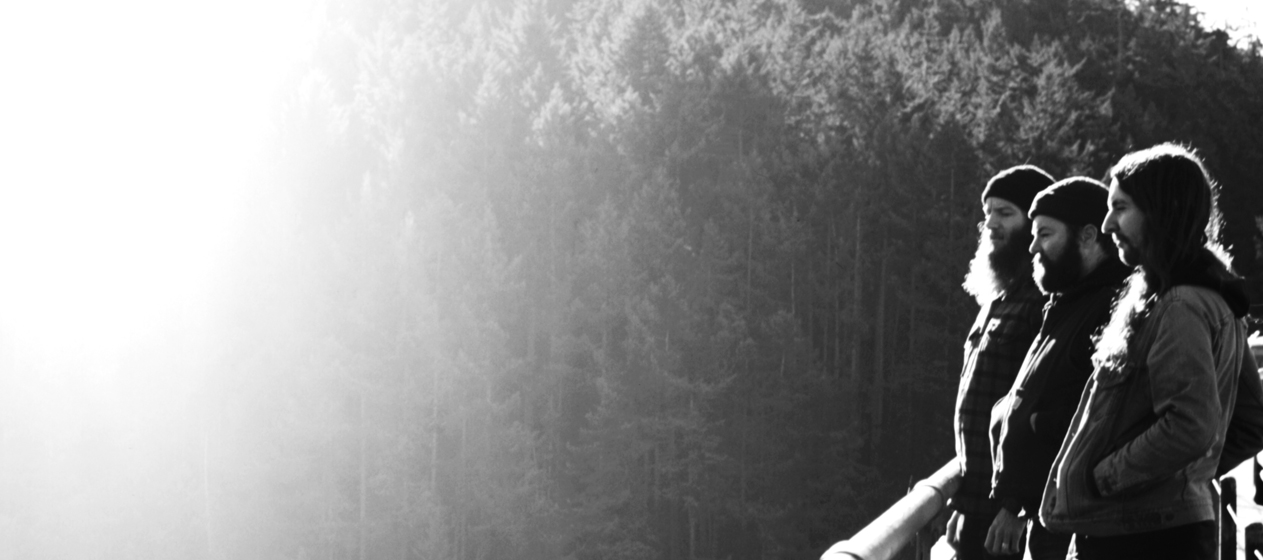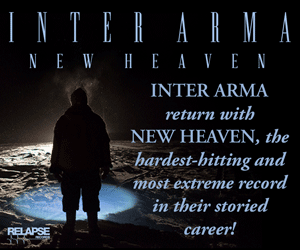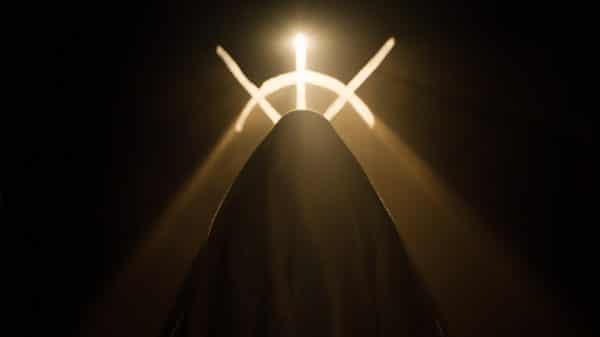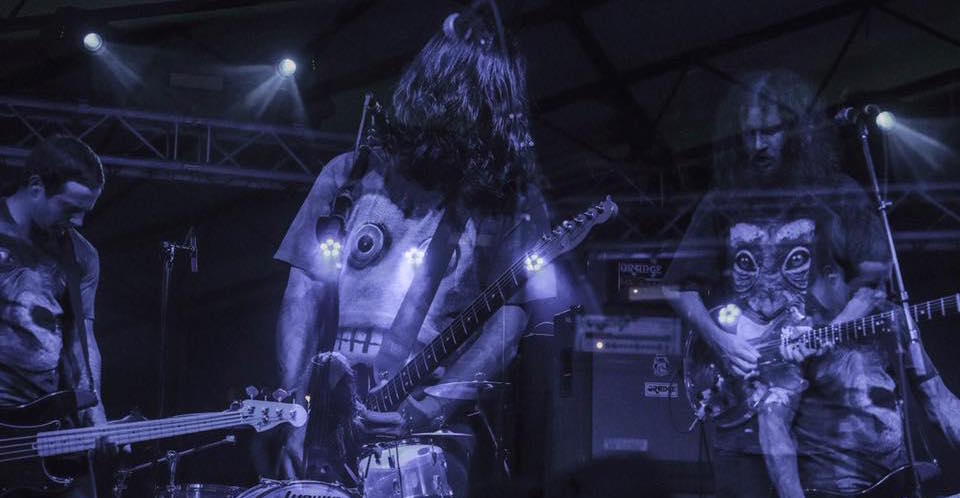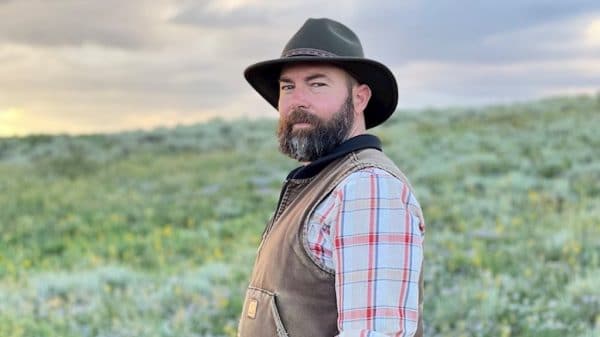Text: Mike Hill
I’ve known Aaron Turner for two decades, which sounds like a very long time; time flies on broken wings, I suppose. During that time, I’ve observed him, along with a shortlist of other like-minded individuals, transform the landscape of heavy music, propelling it forward into the new millennium, dissolving boundaries and traditions while inspiring a newer generation to open their minds and explore the vastness of the creative mind.
The last time Aaron and I got together to do something like this was about six years ago on the west coast leg of the final Isis tour. For me, it was an emotional experience being around the band during that time, because in a sense, I watched the birth of Isis, its maturation, and ultimately, its death.
You have kept a busy schedule these past few years, and one of the more visible projects is the band SUMAC. How did that band form?
I had an idea for the creative foundation of the band quite a long time ago, parallel to the middle period of Isis. It was an approach to songwriting that I wanted to implement, but Isis wasn’t the right outlet for that. Isis had become very democratic in our songwriting approach. I knew based on the middle ground where everyone was able to meet creatively that this new music wasn’t going to be Isis.
After Isis broke up, I didn’t have the desire to be in an actively functioning heavy band. I needed some time away from the band dynamic in general and maybe also from trying to write heavy music. I felt kind of tapped out towards the end of Isis, I felt like I couldn’t come up with anything I was really excited about and my urge to write riff-based songs had sort of dissipated. It wasn’t reflective of my interest in music; I’ve been consistently in heavy music for a long time and my listening habits continued in that realm, I just didn’t feel compelled to write that way.
About five years ago, after Old Man Gloom started to become active again, I had this idea that maybe starting another band that was less of a project and more of a fully functioning unit was a good idea, and that was the beginning of SUMAC. Around that time, I started thinking about what people I wanted to play with, and slowly things started coming together – first with finding Nick Yacyshyn, then talking to Brian Cook to see if he was interested in at least participating in the recording process, if not becoming a full-fledged member.
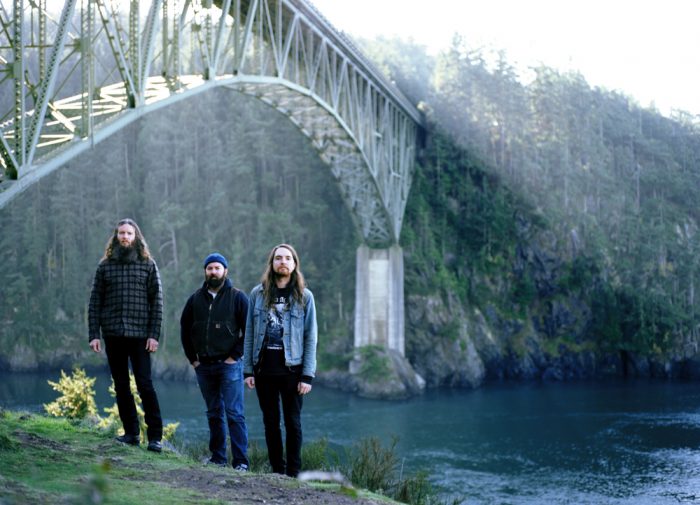
Photo: Faith Coloccia
Brian Cook is in Russian Circles; what band is Nick in?
He’s in two bands: Baptists, which he plays drums in; and Erosion, where he plays guitar and is the primary songwriter.
You mentioned the collaborative nature of the songwriting in Isis. Is the songwriting process in SUMAC different?
Yes, it’s almost entirely based around my ideas. We work on the arrangements together, but I wanted to have a lot of creative control in this band and that was one of the things I talked to Brian and Nick about in the beginning. I wanted to work with them and I valued them as players, but I also wanted it to be clear that I was the creative director in the band and would largely be shaping the direction.
When I describe the band to people, I use the term “Evil Shellac.”
I would say that is accurate in some way. The songwriting is “deconstructionist rock,” which is what I would say that Shellac is doing, but our aesthetic is much more rooted in metal in terms of the visceral energy.
Isis was a monumental wall of sound and texture while SUMAC is much more stripped-down. What influences are being expressed in SUMAC as opposed to ISIS?
In some ways, a lot of the influences are the same. Both bands are straddling a line between rock-based and experimental music. Both still end up more in the rock realm, but have aspects that incorporate elements of ambient music, noise and to some extent things that fall well outside of the rock realm, like different forms of electronic music. Both are very rhythmically oriented. Isis also had kind of a dub angle in certain ways. There are also elements of kraut rock and industrial music that come into play with SUMAC. In that sense, some of the things that I’m bringing to the table were present in Isis as well but are being manifested in a totally different way with SUMAC.
I wanted to explore the minimalism of a trio because that is something that I’ve never really done before. One of the things that was really influential to me was Caspar Brotzmann Massaker in terms of the atmosphere. I love all the Massaker records; I really like how full and huge their sonic world is, but it is created by just three people. Part of what’s so interesting about them is how all the nuances of the players really come through because the instrumentation is so minimal. That was something that wasn’t possible with Isis. I like the density of a 5-piece band, but I also felt like the nuances and subtleties of everybody’s playing was covered up because there were so many voices happening at once. I felt there was a potential to make really heavy music that sounded full and could go from a free-form abstract, sort of arrhythmic personality, to something that was very linear and rhythmic and at times very melodic. Having a small lineup of players would add a lot of flexibility to that. The more people you have, the more convoluted things can become – especially when you’re doing anything that is improvised.
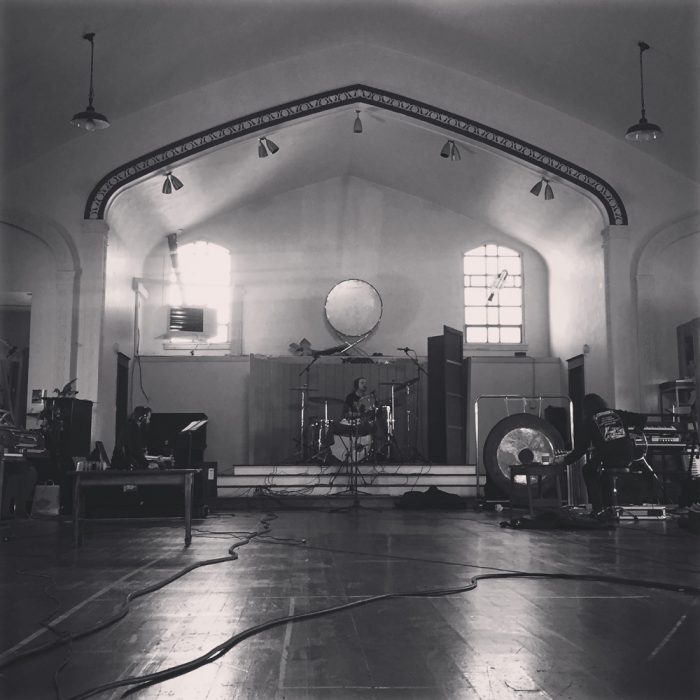
Photo: Brian Sepanzyk
Is there an improvisational element this band?
Having an improvisational element was another goal. There was a time early on in Isis where we would do some improvising around basic predetermined themes in our live sets. I thought that was a lot of fun, but I’m not sure when we stopped doing it. It was something I always enjoyed doing, and wanted to do more. The idea of playing songs the same way over and over again with no variation has become increasingly constrictive to me over time. I felt like I wasn’t being a musician as much as I was being a robot; I knew what was coming next and the element of surprise was starting to disappear. In SUMAC, a lot of the songs have pretty well defined structures, but there are also a passages that we intentionally leave open to reinterpretation each time we play them. It’s something we’ve been working with a lot more now that we’ve been able to tour together more. I think we’re learning what each other’s abilities are and what degree of comfort we have with just totally letting go of preconceived musical ideas and structures and just kind of intuitively following the sounds as they’re happening.
There are a lot of similarities between the early version of Isis, when the band was a more stripped down unit, and SUMAC. It’s like there was a common thread and there was a splintering of the multiverse, where Isis went in one direction and another possible reality would be you pursuing a band like SUMAC.
That’s a good description. I had been hearing this kind of music when I was still in Isis, and there was a part of me that wished we could have done this, but we had established our musical template. We are all very strong-willed and had a lot of different musical tastes and knew going in that direction wasn’t really possible. It wasn’t necessarily that SUMAC is what I wished Isis could have become, but it was just another avenue that I wanted to take. I don’t think we would have been creatively successful pursing that kind of music. I don’t think everyone would have enjoyed it, and in order for a band to be good, everyone should enjoy what they’re doing.
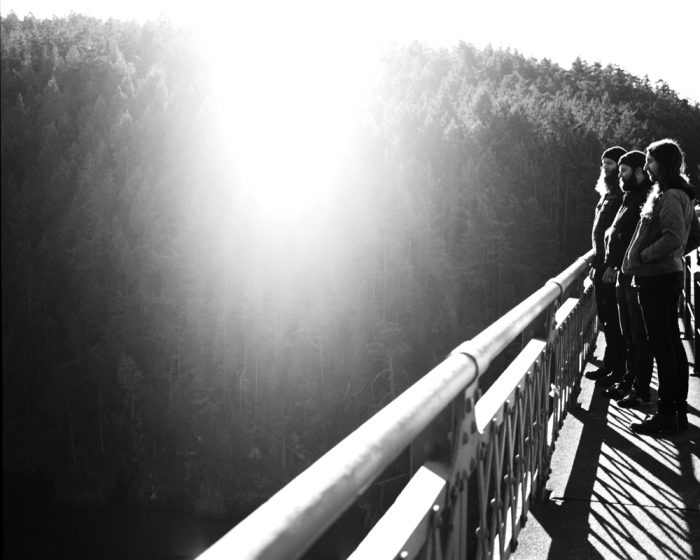
Photo: Faith Coloccia
Mamiffer is also very active. How do you balance both bands?
Mamiffer is totally Faith’s vision, so I’m off the hook creatively. I am not responsible for the songwriting. At this point, my songwriting energy is totally devoted to SUMAC, and in Mamiffer, I’m a supporting player; I basically follow Faith’s lead and try to do my best to help fulfill her vision.
As far as the practical aspect of it is concerned, Faith and I are partners and we live together, so we can have an ongoing creative dialog whenever we feel like it, which keeps the ball rolling with Mamiffer. SUMAC, being comprised of people that live in three different places, has to work in very concentrated bursts, so in that way it’s easy to figure out how to divide up my time and energy. Mamiffer is an almost every day creative part of my life, and when I’m doing SUMAC, there is only that going on. It’s easy to balance them because it’s exciting; it’s not a chore. If these were bands that I didn’t want to be in, then I think it would be a lot more difficult.
Does Sige exist primarily to release Mamiffer records?
That was the main idea when Faith and I started it; not just Mamiffer itself, but other projects that Faith and I were involved with. We both have had some good and some bad experiences working with other labels. The main thing is that we like to be involved with and in control of many of the aspects of our releases from the production, packaging and even the PR presentation so the easiest way to do that was to do our own label. Part of it was also necessary in a practical sense, because we weren’t finding labels that we felt an affinity for to release the projects we were doing. If we couldn’t find a label to do this, the other option is to do it ourselves, which means a lot more work, but it ensures that things get done the way we want them to be.
Often times, musicians delve into other peripheral media to varying degrees of success. In my opinion , your artwork and design is equally as compelling as your music. How important is the connection between the music and the visuals?
That’s very important to me. Faith is the same way; she was a visual artist even before she was a musician. They’ve gone hand-in-hand on almost everything we’ve done. When doing record artwork, the music always has to come first. I don’t think of an album cover before I know what the album itself sounds like. The visuals have always been very important, even the way they are printed is important. There have been times that I stopped working with a label because their attention to detail with things like printing has been lacking. There is no point in making a really good record and packaging it in something shitty that’s not reflective of the music.
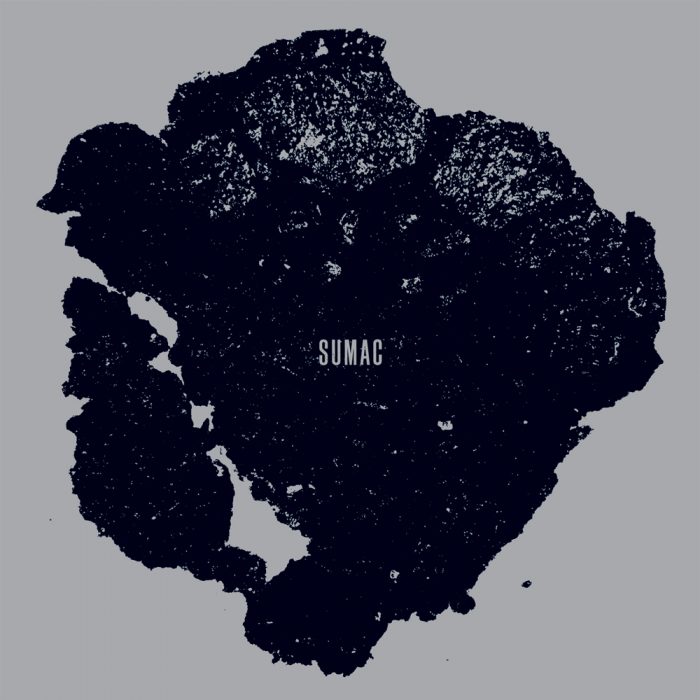
Does the visual aspect come from a different part of your brain than the musical aspect?
Yes and no. I feel the urge to be creative comes from the same place; I think a lot of the ideas that are expressed in the music come through in the artwork. There are some aspects that are different. Artwork, for me, is always a solitary endeavor; I’m never working on something with all of my band mates contributing, whereas when you’re writing a song, you can make the basic parts by yourself, but unless you’re a one-man band you have to have other people helping you out. Artwork is more of an interior exercise, and music may start out as an interior exercise but ultimately becomes a very social thing on many levels. In that sense, it does manifest in different ways and it does feel very different.
Are there any other projects lurking out there that I should know about there?
I have two collaborative records coming out: one with a guy named Daniel Menche who’s been making electro-acoustic music since the late 80’s. He’s a guy whose music I’ve always liked and fortunately we made contact a few years ago. We’ve since then worked on some music together. He and I have a record that’s done and is supposed to be coming out soon on Sige. I also did another collaboration with a guy named William Fowler Collins, who I happened to make contact with through a mutual friend. He and I have a collaborative record we made a couple of years ago that’s about to come out also on Sige.
Beyond that, there’s my continued work with Sige and Hydrahead, which are both pretty much daily activities for me. There are a lot of other things that are in developmental stages that are too early in the process to talk about.
SUMAC – Clutch of Oblivion live clip from Thrill Jockey Records on Vimeo.
Surprisingly, you mentioned Hydrahead, so is that a back catalog situation or are there new releases coming out?
At the moment, it is a back catalog situation, however we are going to release our first new release late this year of early next year. We’re putting out the next full-length from Oxbow. I had resisted doing new releases simply because the label was in such trouble a few years ago that I really needed to take a step back and just do something simple with it where there wasn’t as much time, energy and finance involved. I wanted to restructure it and try to get it back on track. I feel like a lot of progress has been made but there is still a ways to go but I feel like we are capable of taking on this Oxbow record. I wanted to because we’re friends and we stay in touch. It came up during conversation that they were not able to find a label to do their record; maybe they found a label that was willing to do it, but not one that they felt good about working with. To me it was insane; Oxbow is such an amazing band who have been around forever and have a legacy and it seemed ridiculous that they couldn’t find a decent label to do their record. In that way, I almost felt like I had to step up and do it. I felt like there has been this relationship with Hydrahead and I knew we could do a good job with their record. I’m glad we’re doing that with them and I think it’s kind of an experiment to see how doing new releases might work out for us going further down the road.
We do have one other thing in the works potentially as a new release, and that’s for the Japanese band Endon. I think we’ll end up doing their new record in the States and potentially in Europe when they get around to recording it, but that’s in the early stages so it’s hard to say definitively if we’re going to do that.
SUMAC is gearing up for a tour. Is that full US?
We did the west coast and the southwest in May and June. We did a short run in Europe and now we’re doing the east coast and a little bit of the south and midwest. For us, this is about as long a tour as we can do, about two-and-a-half, three weeks at a time so we’re going to have to do regional tours which frankly I’m fine with. My days of doing six week are hopefully behind me.
This isn’t an upcoming project, but it’s a huge life-altering thing: Faith and I are expecting out first child in September. It’s a big development for us and I’m sure it will have a pretty big impact on our creative lives as well, mostly in a good way. I’m pretty excited about it, mostly terrified, but really excited.
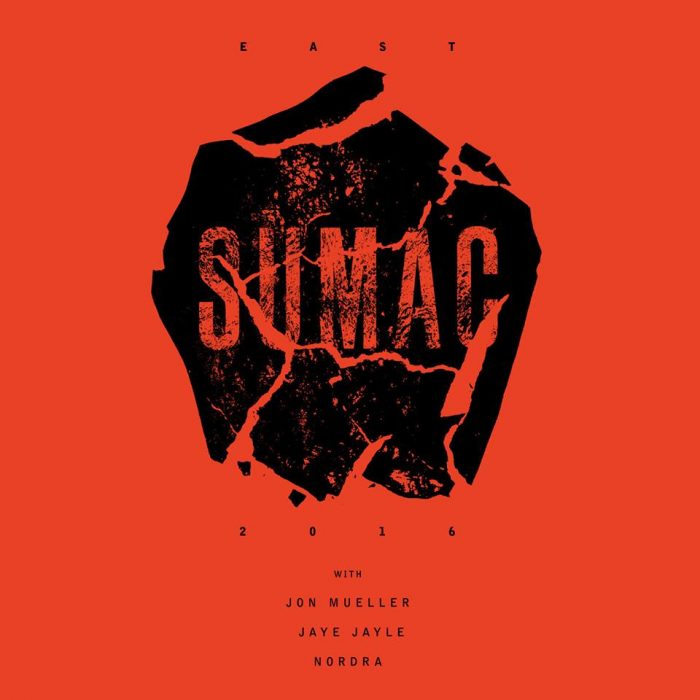
Aug. 5 – Portsmouth, NH – 3S Artspace *
Aug. 6 – Montreal, QC – Les Katakombes *
Aug. 7 – Toronto, ON – The Garrison *
Aug. 8 – Detroit, MI – El Club *
Aug. 9 – Chicago, IL – Township *
Aug. 10 – Chicago, IL – Township *
Aug. 11 – Columbus, OH – Double Happiness #
Aug. 12 – Nashville, TN – The End #
Aug. 13 – Atlanta, GA – The Earl †
Aug. 14 – Durham, NC – The Pinhook #
Aug. 15 – Richmond, VA – Strange Matter #
Aug. 16 – Washington, DC – DC9 Nightclub #
Aug. 18 – Brooklyn, NY – Saint Vitus Bar #
Aug. 19 – Philadelphia, PA – Boot & Saddle #
Aug. 20 – Allston, MA – Great Scott #
* w/ Jon Mueller, nordra
# w/ Jaye Jayle, nordra
† w/ nordra, Deafheaven

